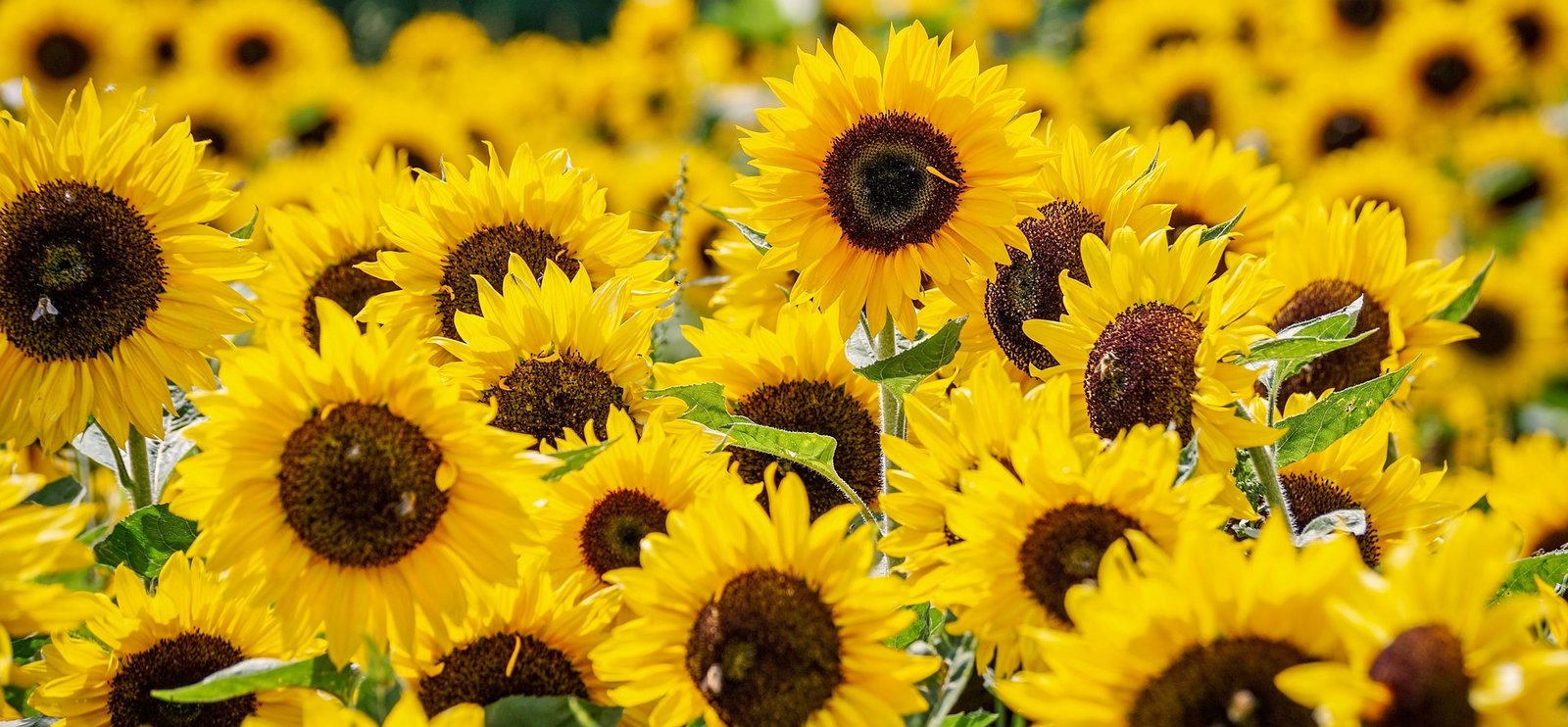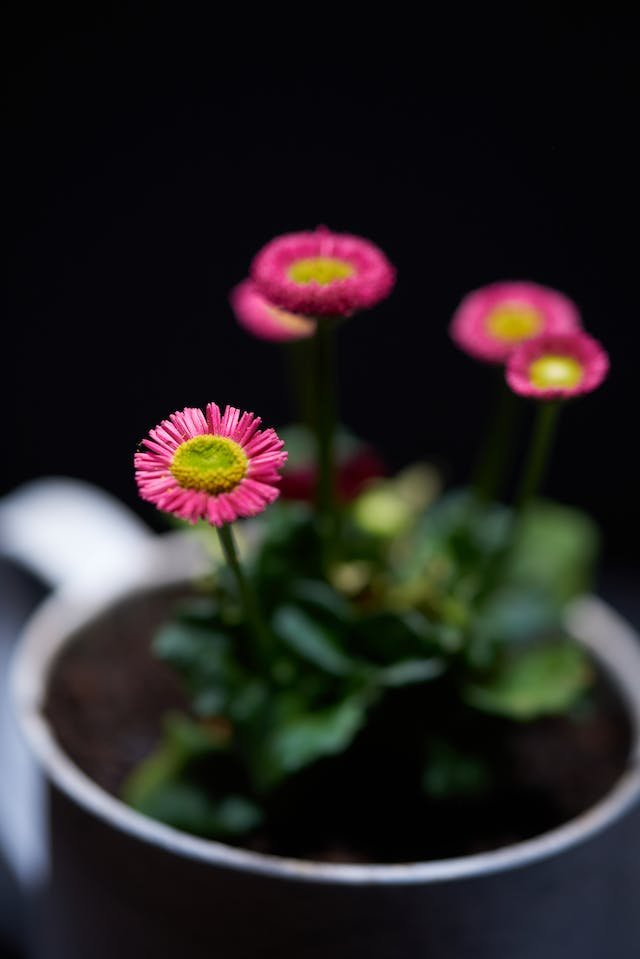Step-by-Step Sunflower Planting: A Gardener’s Essential Guide

(www.blossomguide.com)
Choose the Right Sunflower Variety:
- Explanation: Sunflowers come in various varieties, including dwarf, medium, and tall types, with different flower colors and sizes. Choose a variety that suits your garden space, design preferences, and the available sunlight.
2. Select an Ideal Location:
- Explanation: Sunflowers thrive in full sun. Ensure the chosen location receives 6-8 hours of direct sunlight daily. Sunflowers are adaptable to different soil types but prefer well-draining soil.
3. Prepare the Soil:
- Explanation: Sunflowers prefer slightly acidic to neutral soil. Improve soil fertility and structure by incorporating organic matter like compost. This enhances water retention and nutrient availability.
4. Timing is Key:
- Explanation: Plant sunflower seeds after the last frost date when the soil has warmed up. Sunflowers are warm-season plants, and planting too early in cold soil can lead to poor germination.
5. Planting Sunflower Seeds:
- Explanation: Sow seeds directly into the soil at a depth of 1 to 1.5 inches, following the spacing recommendations for the chosen variety. Water the soil thoroughly after planting to initiate germination.
6. Watering:
- Explanation: Keep the soil consistently moist until seedlings are established. Water at the base of the plants to prevent fungal issues. Once established, sunflowers can tolerate drier conditions but benefit from regular watering.
7. Provide Support for Tall Varieties:
- Explanation: Tall sunflower varieties may need support to prevent bending or breaking, especially in windy conditions. Install stakes or a support structure around the plants, securing them as they grow.
8. Mulch Around Sunflowers:
- Explanation: Apply a layer of organic mulch around the base of the sunflowers to help retain soil moisture, suppress weeds, and regulate soil temperature. Mulching also adds a neat finish to the garden.
9. Fertilize Wisely:
- Explanation: Sunflowers don’t require heavy fertilization. Use a balanced, all-purpose fertilizer at planting time. Avoid excessive nitrogen, as it can result in more foliage and fewer flowers.
10. Deadhead Spent Flowers: – Explanation: Deadheading involves removing spent flowers. This practice redirects the plant’s energy to producing new blooms. Regular deadheading prolongs the flowering period and enhances the overall appearance.
11. Pest Management: – Explanation: Keep an eye out for pests like aphids and caterpillars. Introduce natural predators or use insecticidal soap to manage pests without harming beneficial insects, fostering a balanced garden ecosystem.
12. Harvesting Sunflower Seeds: – Explanation: Allow sunflower heads to mature on the plant until the back turns brown. Harvest the seeds by cutting the heads and hanging them upside down in a dry, well-ventilated area. Once dry, extract the seeds for various uses.
13. Save Seeds for Next Year: – Explanation: If you want to grow sunflowers next year, save some seeds in a cool, dry place. Label the seeds with the sunflower variety and planting date for future reference.
14. Enjoy the Bloom: – Explanation: Once your sunflowers bloom, take the time to appreciate the vibrant and cheerful display. Consider strategically placing sunflowers where they are easily visible and can be enjoyed to the fullest.
By following these steps with detailed explanations, you can successfully plant sunflowers and create a beautiful and thriving garden.
Expert Tips Summary:
- Successive Planting: Plant sunflowers in batches for a prolonged blooming period.
- Beneficial Companion Plants: Integrate companion plants to deter pests and enhance garden health.
- Observation and Prompt Action: Regularly observe plants for signs of pests or diseases and take prompt corrective action.
- Naturalistic Planting: Embrace a naturalistic approach by leaving a few spent flowers for wildlife and a more organic garden aesthetic.
- Strategic Plant Placement: Strategically place sunflowers for maximum visibility and impact in your garden.
By incorporating these expert tips, you can elevate your sunflower gardening experience, ensuring not only a successful planting process but also a garden that thrives and delights throughout the season.






